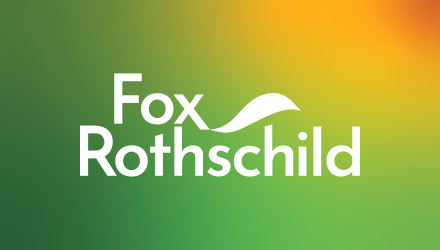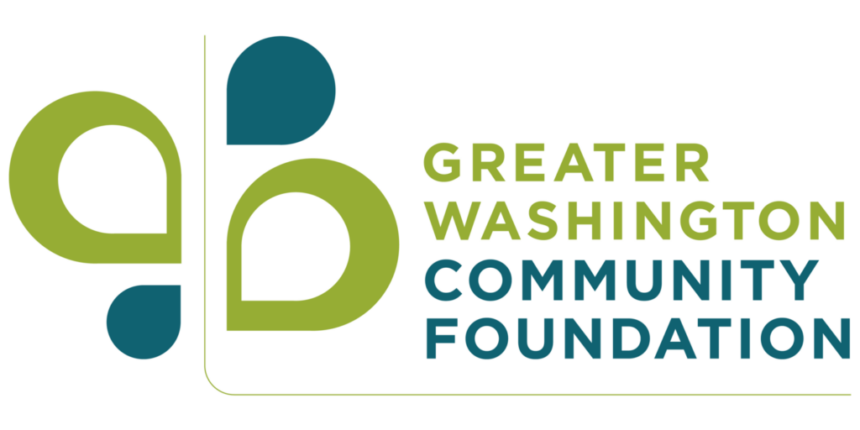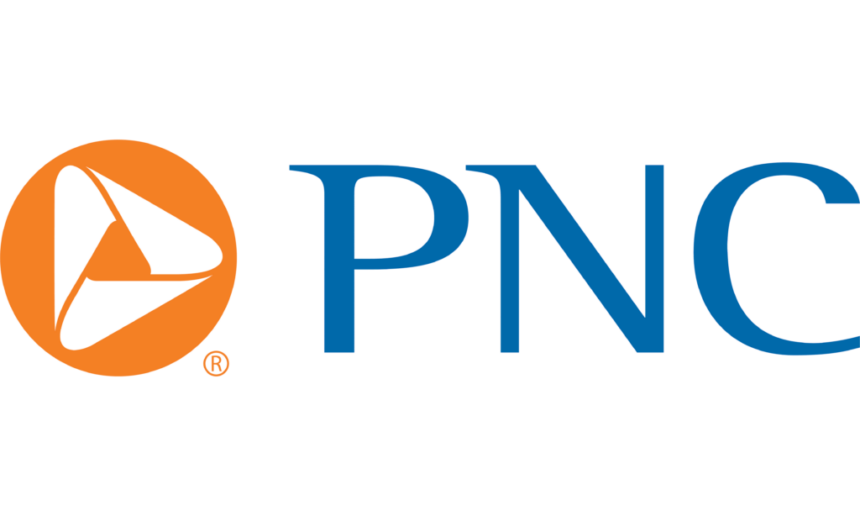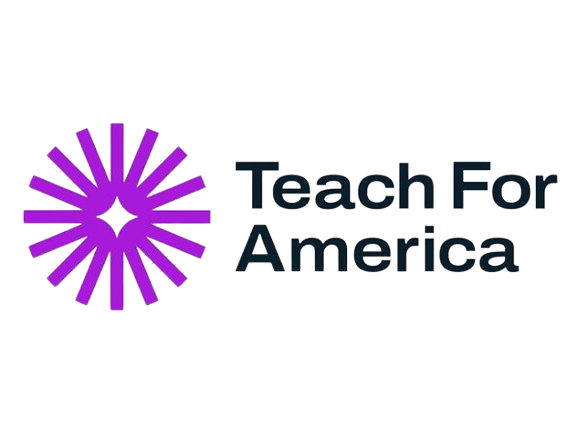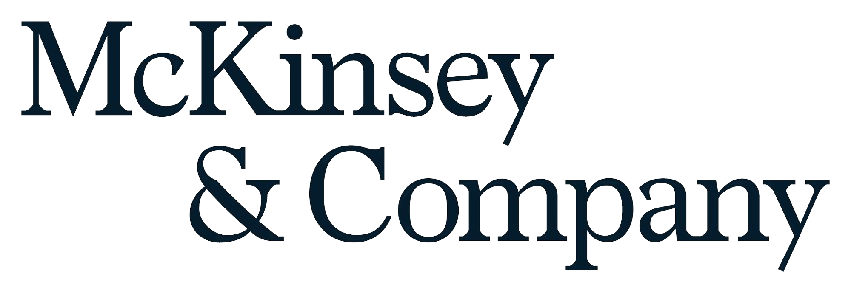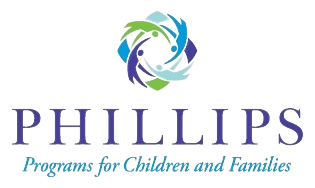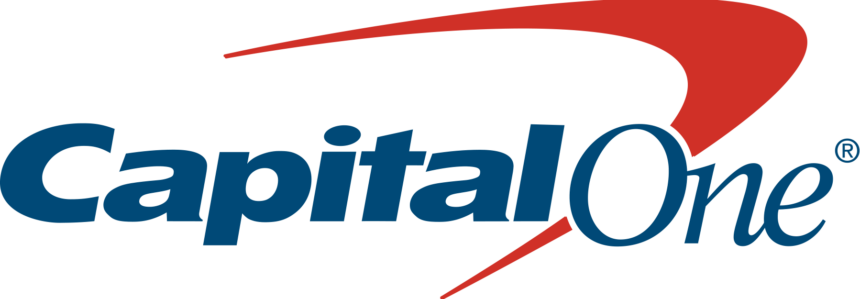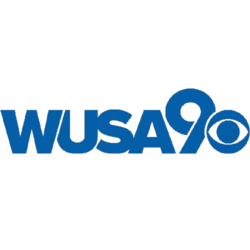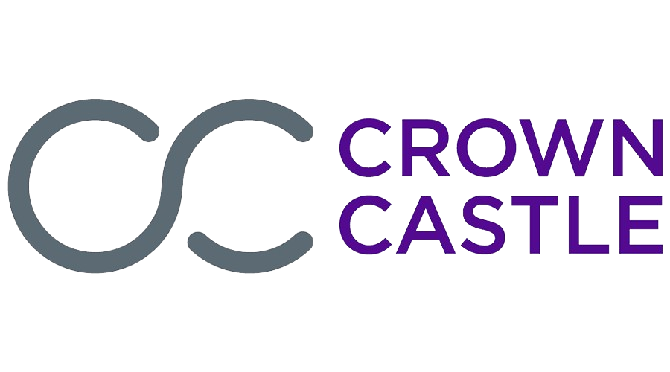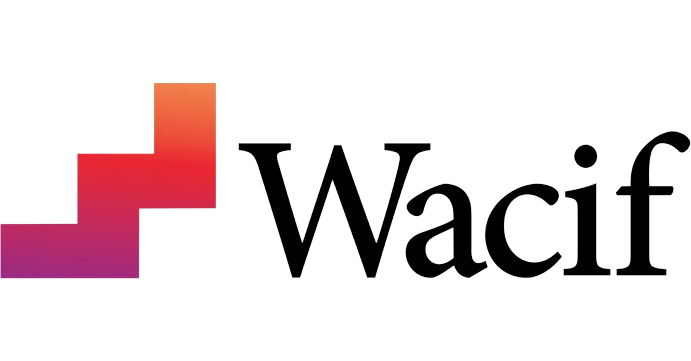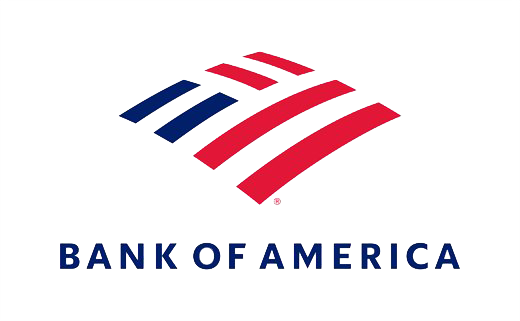COVID-19 Briefing: Understanding the CARES Act
The massive, historic, $2 trillion CARES Act passed last week provides many opportunities for individuals and businesses to find financial assistance. Sorting through those opportunities can leave you asking questions about what your options are and where to start. A stellar briefing team from K&L Gates offered their insight on a call with Board of Trade members this week. Watch the recording or scroll down for a written summary.
The K&L Gates briefing team:
- Paul Stimers, Partner
- Karishma Shah Page, Partner
- Mary Burke Baker, Government Affairs Counselor
- Brenden R. Chainey, Associate
SUMMARY
Keeping the Cash Flowing
A collection of tax provisions in the CARES Act are designed to help individuals and businesses with immediate cash flow problems. The goal is to make sure that businesses have a workforce ready for them when it’s time to resume business-as-usual.
For Individuals and Employees
- Each American adult with an adjusted gross income of $75,000 or less will receive $1,200 and parents will receive $500 for each child under 17. Individuals earning between $75,000 and $99,000 will earn a lesser amount. This benefit does not apply to individuals earning over $99,000.
- Individuals can now take early withdrawals of under $100,000 from their retirement savings without paying a 10% penalty fee.
- Employers can provide up to $5,250 of student debt relief per employee on a tax-free basis.
For Employers
- Employers can defer their 2020 payroll taxes; half is due is 2021 and half in 2022. (However, employers cannot defer payroll taxes if they are taking advantage of the loan forgiveness provision of the Paycheck Protection Program.)
- The bill includes an employee retention credit. If employees are furloughed, employers get a 50% credit on payroll taxes, receiving up to $5,000 per employee. (This can be used in conjunction with the Payroll Protection Program.)
- Employers are entitled to a credit against payroll taxes to accommodate providing paid emergency sick leave.
- Companies can use AMT credits right away.
- The bill relaxes the limitation on business interest expense deductions from 30 percent of adjusted taxable income to 50 percent.
More Unemployment Insurance, for More People
Bolstering unemployment insurance is a big part of the CARES Act, significantly expanding who is eligible and what they can receive.
- Individuals should start by applying for unemployment through their state, like they normally would.
- The bill adds $600 per week to the amount that the individual would normally receive from their state between now and the end of July 2020. The Federal Government is compensating the states for that extra money.
- The Federal government is also providing an additional thirteen weeks of unemployment insurance beyond what individuals would normally receive from their state.
- The legislation expands who is eligible to include gig workers, contractors, and the self-employed. The Federal government is also waiving the one-week waiting period before individuals normally become eligible for unemployment benefits.
- If an employer cuts an employee’s hours, that employee may be eligible for unemployment benefits.
Big Money for Industries in Need
The bill provides hundreds of billions of dollars of funding to large and mid-sized businesses in need of financial stimulus while much of the economy is forced to hit pause. It also carves out funds for hospitals, airlines, and other industries that are being hit especially hard.
- The bill provides $100 billion to the healthcare industry to help it prepare for and respond to the COVID-19 crisis. Hospitals and other entities involved with the emergency response will receive most of these funds, and more funding will likely be provided in the future as the crisis develops.
- The bill provides loan guarantees from the Treasury Department for especially impacted industries, including passenger air carries, cargo air carriers, and national security businesses.
- The bill also provides a large credit facility from the Treasury and the Federal Reserve. There is very little statutory guidance on what this will look like—more to come. It will likely be modeled on what we saw in the 2008 financial crisis: capital infusions to particular types of businesses where Treasury has broad discretion on what types of investments they want to make.
Help for Small Businesses
The bill provides funding for small businesses to help them stay afloat and keep their workers on payroll.
- The bill provides subsidies for small businesses that have existing Small Business Administration (SBA) loans to help them service those loans.
- It provides money for SBA Economic Injury Disaster Loans, which are targeted at small businesses with fewer than 500 employees, but this could change depending on industries. Those businesses can borrow up to $2 million for working capital. The loans are not forgivable. Businesses are also eligible for a $10,000 immediate advance.
- The SBA is also offering the Paycheck Protection Program. These loans can be used to pay for specified expenses such as salaries and wages, rent, utilities, employee benefit costs, interest paid on mortgages. They are managed by the SBA but distributed through participating lenders. The lender will add up how much the company spends on these approved expense categories in a month and multiply that amount by 2.5 to calculate the maximum loan amount allowed (but all loans must be capped at $10 million). The loan forgiveness provision states that any money spent on these approved categories can be forgiven so long as the company does not reduce its workforce or their pay. If the company does reduce workers or pay, the loan may be partially forgiven or not at all. Nonprofit organizations are qualified to participate in this program.
Become a member today
We need your voice at the table to make Greater Washington a place where everyone can succeed


